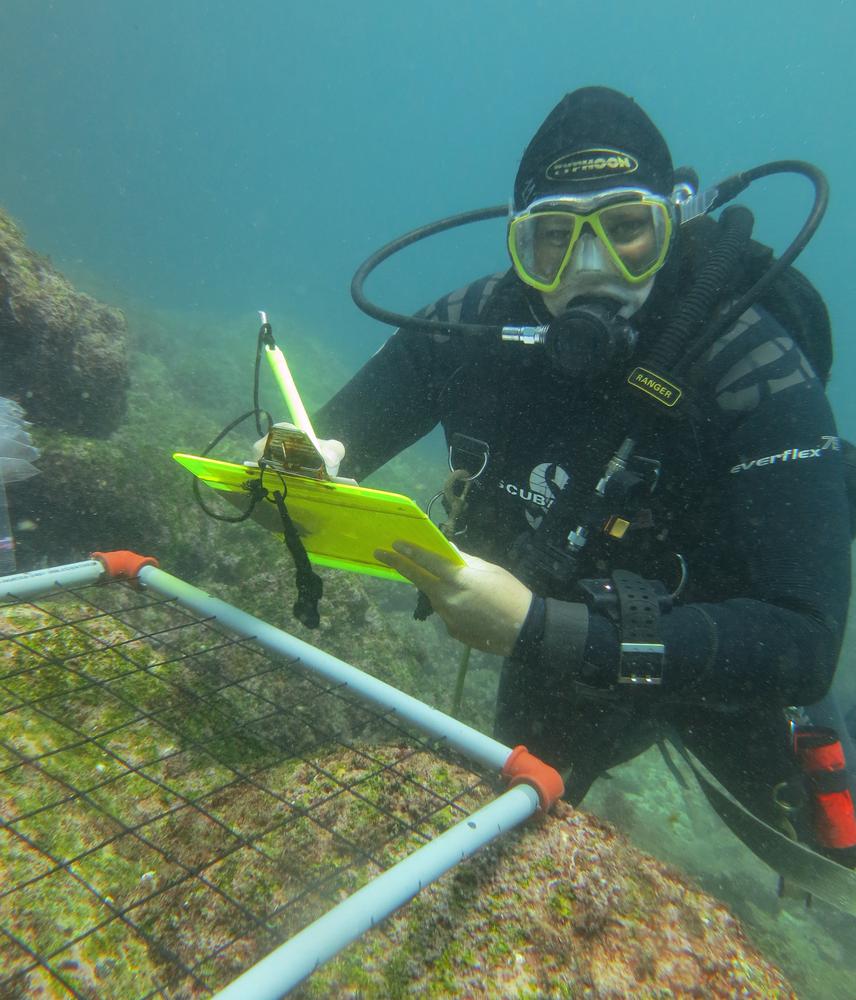Inti Keith
Other projects
This research looks to minimize the negative impacts of invasive species on marine biodiversity, ecosystem services and the health of the Galapagos Marine Reserve

Diving.
Worldwide, marine biological invasion of non-native species have increased significantly in recent years due to a rapid rise in global trade, transport and tourism. Invasions occur when non-native species get transported from one region to another, establish and compete for space, displacing native species and changing ecosystems. A rising interest in invasion ecology has been seen in recent years, as more geographic barriers are broken due to globalization. The introduction of non-native species has been identified as the second most important reason for biodiversity loss worldwide and in oceanic island it’s undisputedly the first. Marine bio-invasions are recognised as causing impact to the environment, national economies and health. The management of marine invasive species presents more challenges than terrestrial invasive species due to the high degree of natural connectivity and the logistics required to work in the marine environment. The disturbance that climate change can cause along with increased marine traffic is a reality that should not be ignored. The synthesis of anthropogenic and natural processes is increasing the potential spread of marine invasive species in the Eastern Tropical Pacific and the Galapagos Marine Reserve.
The challenge for marine park authorities is to identify species that are likely to cause negative impacts on native biodiversity and ecosystems before they establish in the Galapagos, and to develop pre-emptive risk-based management strategies to remove them or to mitigate their harmful effects. Marine settlement plates will be installed on the main docks of the populated islands, and a number of sites in the GMR that are highly susceptible to ENSO events, have high percentage of daily traffic and are shown by marine currents dispersal monitoring to be at risk. The possible invasion by marine species of the Galapagos Marine Reserve (GMR), given the connectivity that exists with the Eastern Tropical Pacific (ETP), the increase in marine traffic, and possible climate changes, is a reality that cannot be ignored.